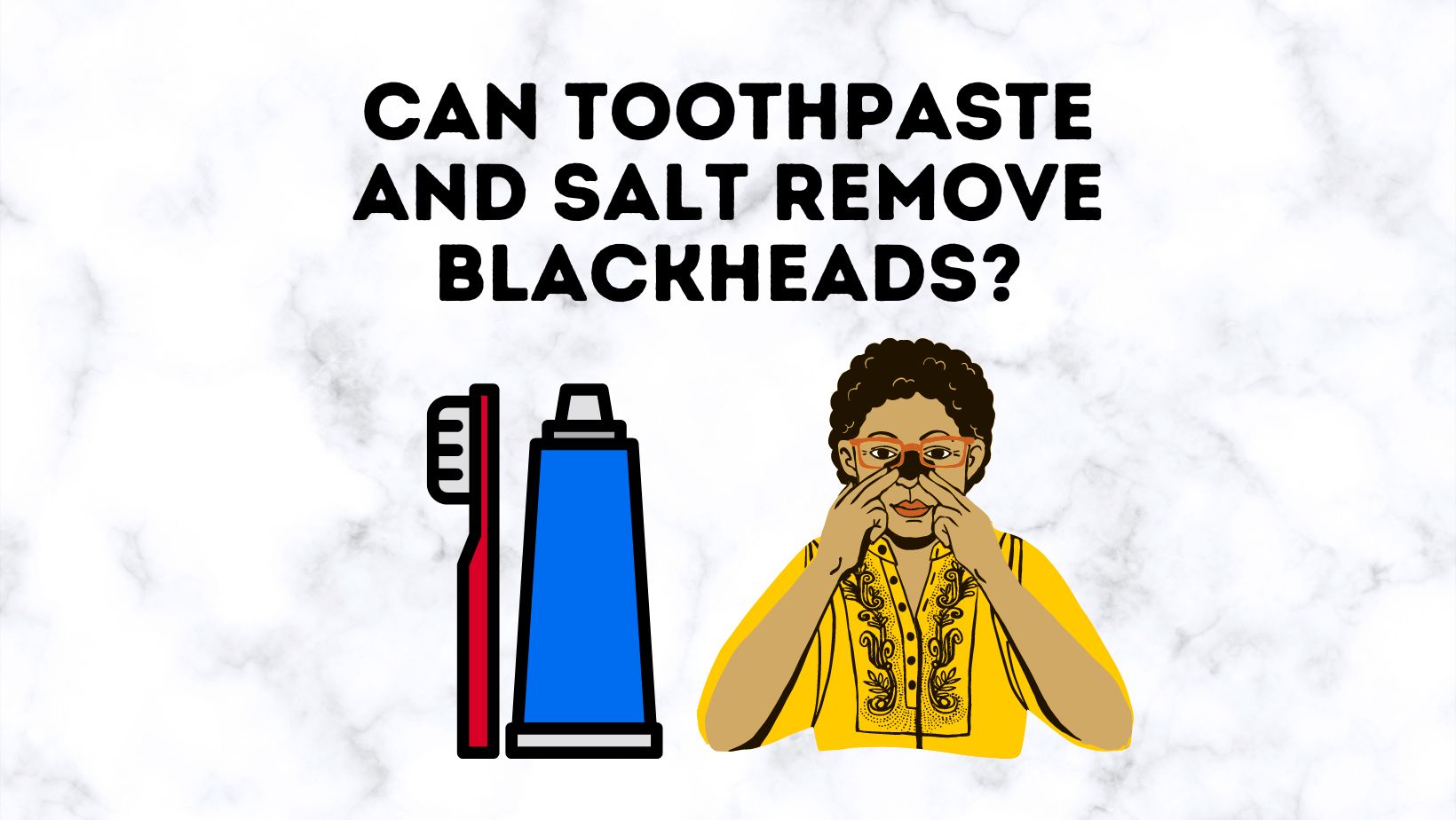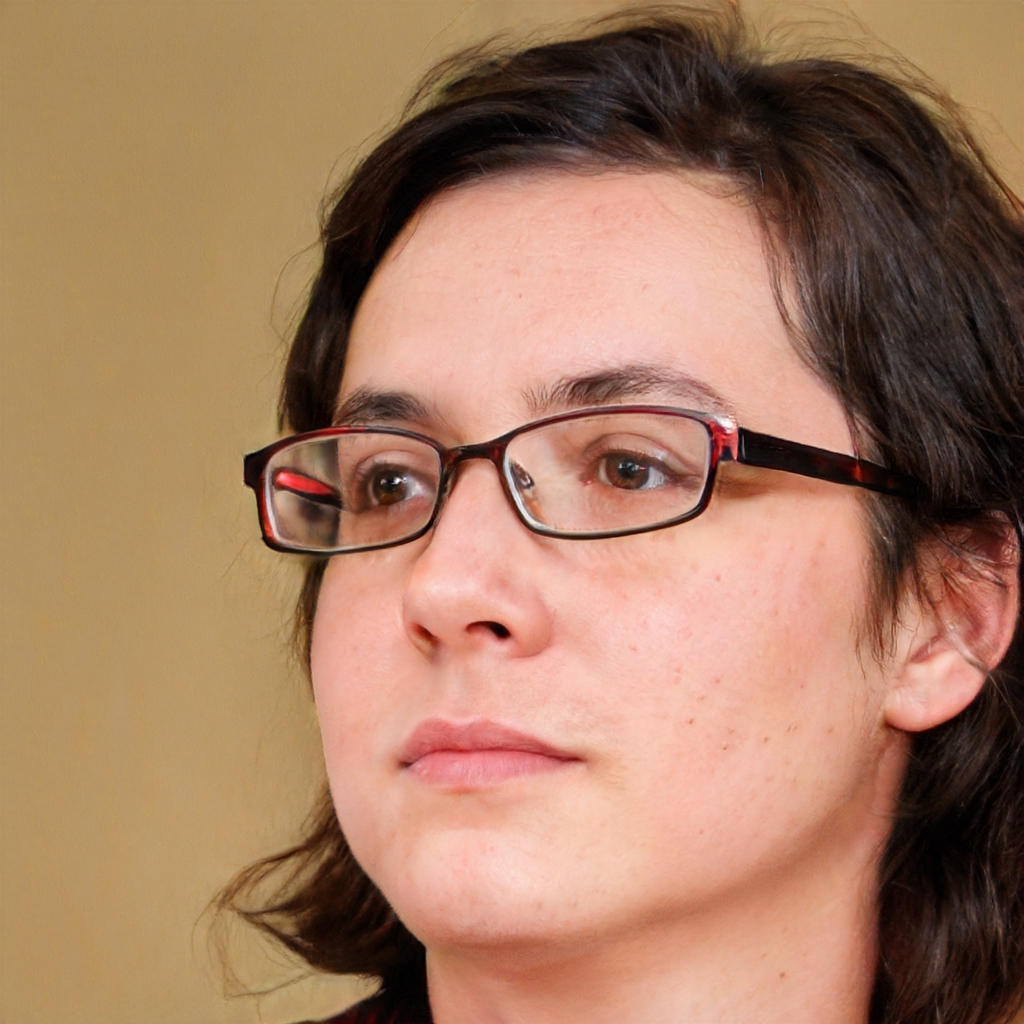
The quest for clear, radiant skin has led many individuals to explore unconventional methods to banish blackheads. Among the numerous DIY skincare hacks circulating online, toothpaste and salt have emerged as potential remedies. According to some individuals, toothpaste and salt as a combination can help combat these pesky skin imperfections. With claims of their ability to unclog pores and eliminate blackheads, it’s no wonder these readily available household items have garnered attention.
However, before you reach your kitchen shelf to prepare a Toothpaste and Salt mixture, think if it is really worth it. If that’s a task, join us as we discover whether Toothpaste and Salt mixture can remove blackheads or not. We will also shed light on the science behind blackheads and evidence-based information to get through this skin concern. Ensure you stick with us until the end to get the best information for flawless skin.
Table of Contents
Before we move further, let’s learn what causes Blackheads.
Blackheads, also known as Comedones, are clogged skin and hair pores/ follicles. When skin or hair pores clog with excess oil (sebum), dead skin cells, and bacteria, they form blackheads. The buildup of these substances creates a plug that oxidizes when exposed to air, resulting in the characteristic black color.
Blackheads are a type of acne caused by poor skincare habits, certain cosmetics, hormonal changes, excessive oil production, and more such factors. Blackheads are more common among adolescents, and nearly 20% of adults suffer from the same.
How To Use Toothpaste And Salt To Remove Blackheads?
Using toothpaste and salt to remove blackheads is a popular DIY skincare technique. Here’s how you can try the same.
- Begin with cleaning your face using a gentle cleanser and cold water.
- Now in a small glass bowl, take a teaspoon of your regular white toothpaste and half the amount of table salt. Mix them together to form a paste. (TIP: Avoid taking gel toothpaste or toothpaste designed for specific dental concerns).
- On your washed nose, apply the toothpaste and salt mixture using your fingers. Apply the mixture directly on the area with blackheads and gently massage for 2 to 3 minutes.
- Now allow the mixture to dry on your skin, and once dried, wash with lukewarm water. You can also use a gentle scrub if the paste is difficult to remove.
- Pat dry your face and apply ice cubes for 2 to 3 minutes to close the pores. Remember, scrubbing with salt or any similar abrasives will open your pores, and closing them is important.
- Lastly, apply a non-comedogenic moisturizer to hydrate your skin.
Since every skin type is different, Toothpaste and Salt DIY may not work similarly for everyone. Also, before trying the same, consult a dermatologist or at least do a patch test.
Whether using DIY toothpaste and Safe Blackhead remover is safe or not is subjective. Toothpaste typically contains ingredients like baking soda and menthol that, though they help dry out pimples, may not be effective on blackheads, a type of acne. Some toothpaste with sodium lauryl sulfate or flavoring agents can cause skin irritation or exacerbate existing blackhead conditions.
On the other hand, salt is an exfoliant that helps remove dead skin cells and unclog pores. However, using it directly into the skin may damage the protective skin barrier.
While DIY toothpaste and Safe Blackhead remover may be safe for some, they can prove harmful for many.
Does the Blackhead Toothpaste Remedy Really Work?
Well, the effectiveness of the toothpaste remedy for blackheads is a matter of debate. For some individuals, this popular DIY brings positive results, whereas others may have addressed adverse effects as well.
The chemicals and abrasiveness in toothpaste can lead to dryness, redness, or other issues in your skin. Especially since toothpaste isn’t formulated to address blackheads, it will work similarly to it on your teeth. Ingredients like baking soda, menthol, and hydrogen peroxide in your toothpaste may have drying or irritating effects on the skin.
Whether Blackhead Toothpaste Remedy really works depends from individual to individual. However, relying solely on toothpaste as a blackhead treatment may not yield long-term or significant results.
Consulting a dermatologist is safe and sound for safe and effective blackhead removal. Or follow a consistent skincare routine that includes cleansing, exfoliation, and the use of products specifically designed for treating blackheads.
Is Toothpaste Bad for Your Skin?
Toothpaste is formulated for effectively working on your dental structure. It isn’t meant for skin application; therefore, toothpaste is clearly a NO for skin care, DIY, or more. The ingredients in toothpaste formulations can effectively clean and maintain oral health; however, they can be potentially harsh or irritating when applied to the skin.
Here are some ingredients commonly found in toothpaste that can be problematic for the skin:
- Sodium Lauryl Sulfate (SLS) is a common foaming agent present in many toothpaste formulas. SLS can be drying and irritating, and on the skin, it can lead to redness and stripping of natural oils.
- Fluoride is the most common ingredient in toothpaste and by far the most beneficial for teeth. However, on the skin, it can lead to irritation, dryness, or allergic reactions.
- Menthol adds that cooling sensation to toothpaste. However, when applied to the skin, menthol-rich toothpaste can cause irritation and discomfort, especially for those with sensitive skin.
- Baking Soda in toothpaste helps in removing the layer of stain and plaque. However, when the same formula is applied to the skin, it can be abrasive and disrupt the skin’s natural pH balance.
- Triclosan is an antibacterial agent present in some toothpaste formulations. While it is beneficial for dental structure, it can cause skin sensitivity or allergic reactions.
Considering all of the above factors, it isn’t very ideal to use toothpaste on the skin, especially facial skin, since it is more sensitive. However, it is also crucial to learn that everyone’s skin reacts differently, and not every individual may not experience any positive or adverse effects. But to be safe, it is generally recommended to use skincare products specifically formulated for the skin and not toothpaste.
What Are The Best And Safe Ways To Clean Blackheads?
If you are concerned about cleaning blackheads, adopt a gentle and consistent skincare routine. Here are some tips for the same:
- Always use a gentle, non-comedogenic cleanser to wash your face twice daily. Using a cleaner helps in removing excess oil, dirt, and debris from the skin’s surface, and this prevents blackheads, whiteheads, and acne.
- Exfoliating dead skin regularly can contribute to unclogging pores. Clogged pores lead to blackhead formation. It is advisable to go for a chemical exfoliant that has ingredients like salicylic acid or glycolic acid. These ingredients penetrate the pores and help dissolve debris.
- Steam your face once in 10 days to open up the pores. Further, remove blackheads with a blackhead-removing tip or any product that suits you.
- Use a Blackhead Extracting tool to gently extract blackheads. For using the tool, make sure you clean and sterilize it before every use. Also, be gentle when applying pressure around the blackhead since it is important to avoid damaging the skin.
- Use Clay Masks that are rich in kaolin or bentonite clay. Both these ingredients help draw out impurities and excess oil from the pores reducing blackhead appearance.
- Use topical retinoids, like adapalene or tretinoin, to prevent blackheads. These retinoids promote cell turnover and keep the pores clear.
- Use Alpha-Hydroxy Acids (AHAs) like glycolic acid and lactic acid to remove blackheads. These water-soluble acids exfoliate the skin’s surface and thus help in removing dead skin cells, unclogging pores, and improving skin texture. AHAs are excellent for individuals who suffer from surface-level blackheads.
- Use Beta-Hydroxy Acids (BHAs) like salicylic acid. These oil-soluble acids penetrate into the pores, effectively dissolve oil and debris, and thus control blackhead formation. BHAs have anti-inflammatory properties and thus are good for acne-prone and blackhead-prone skin.
Summary
At last, when dealing with blackheads, consistency is key. No skincare formula can remove all your blackheads all at once. In fact, DIYs like Toothpaste and Salt aren’t that effective in removing blackheads in multiple go.
For blackhead-free skin, it is important to follow a dedicated cleansing, exfoliating, and masking routine. Also, avoid using DIYs like Toothpaste and Salt regularly, even if they suit your skin. In the long run, any such non-skin care product will end up damaging your skin’s protective layer exposing you to other skin conditions.

Hi, This is Lyn, I suffer from dental sensitivity for a very long time. PowerToothpaste.com is where I share my views of various toothpaste brands, along with tips on how to use toothpaste and what to look for when purchasing.
